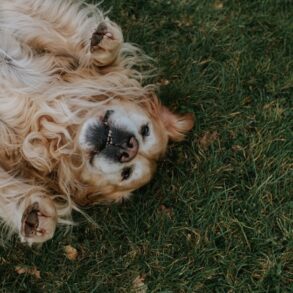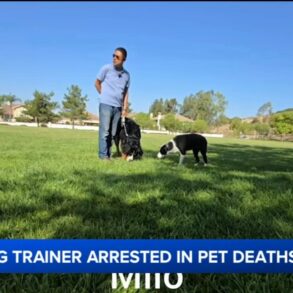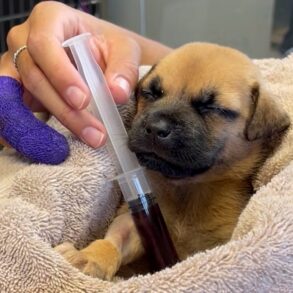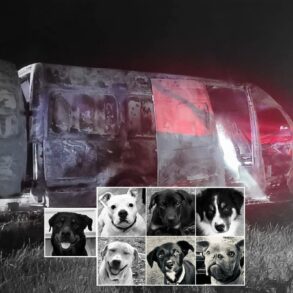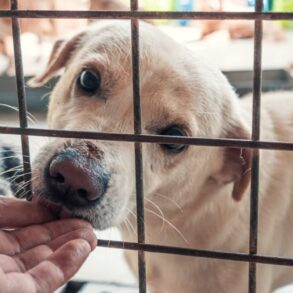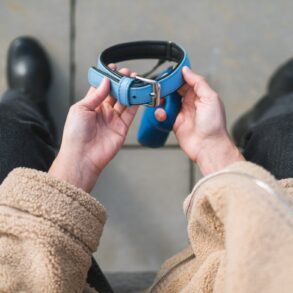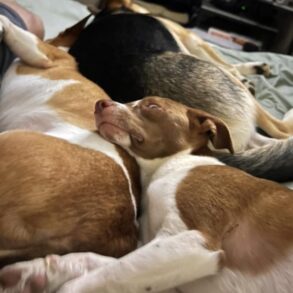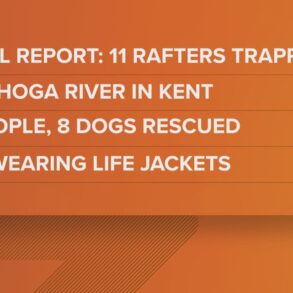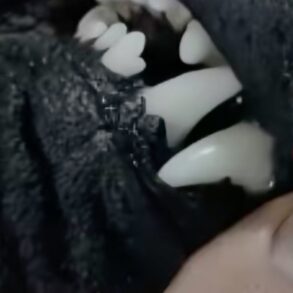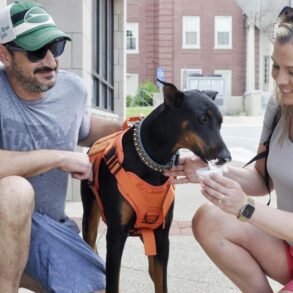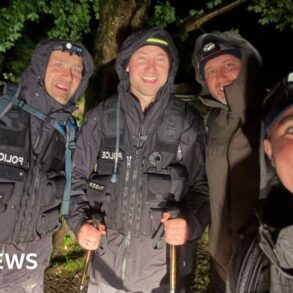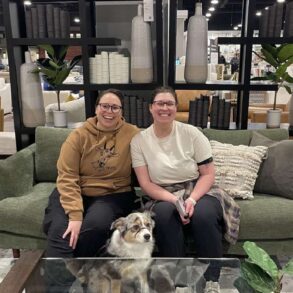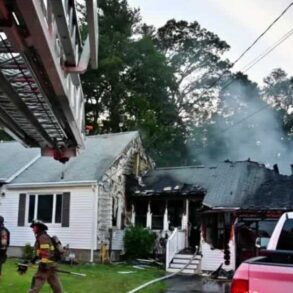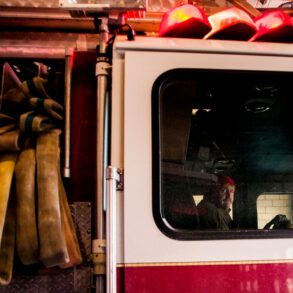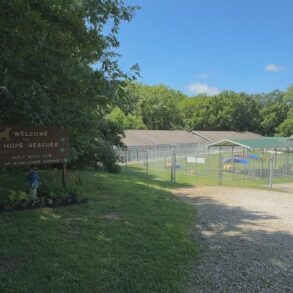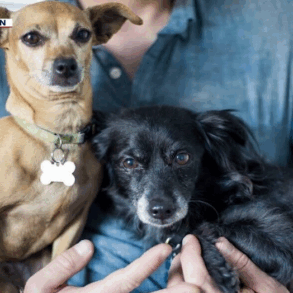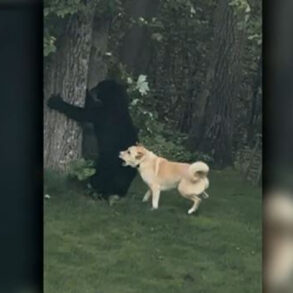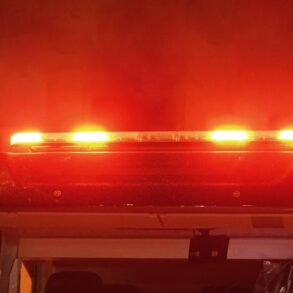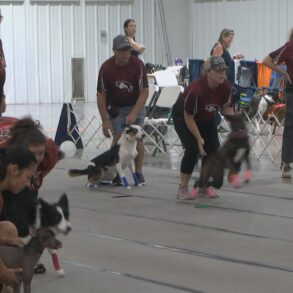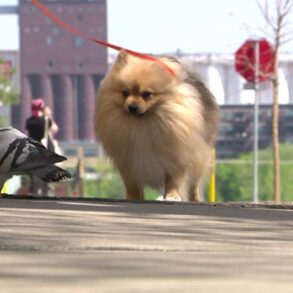By Fergal Keane in Jerusalem, BBC News
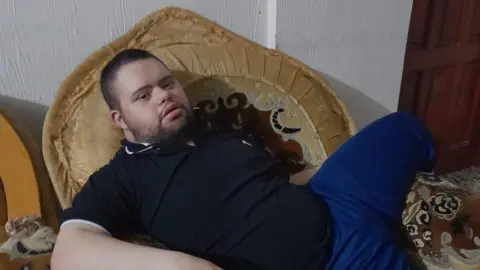 Family handout
Family handoutWarning: Readers may find some of the details below distressing.
There was always his family. When he was bullied at school, and beaten, they were there to embrace him when he came home. And when the war started and he was terrorised by the sound of bombs falling, someone always said things were going to be ok.
Muhammed was heavy and found movement difficult. He spent his days sitting in an armchair. If he needed anything, there was a niece or nephew to help.
Muhammed Bhar was 24 and had Down’s syndrome and autism. His mother, Nabila Bhar, 70, told the BBC: “He didn’t know how to eat, drink, or change his clothes. I’m the one who changed his nappies. I’m the one who fed him. He didn’t know how to do anything by himself.”
On 27 June the war came back to the Bhar family’s neighbourhood and Muhammed’s small world shrank further. Along with other residents of Shejaiya, east of Gaza City centre, the Bhars were given orders to evacuate by the Israel Defense Forces (IDF).
The IDF was advancing into Shejaiya in pursuit of Hamas fighters fighting from tunnels and houses. But the Bhars were tired of moving.
In a weary tone, Nabila, who is a widow, reeled off the names of relatives’ homes where they’d sought shelter.
“We evacuated around 15 times. We would go to Jibreel’s place, but then there would be bombing at Jibreel’s place. We would go to Haydar Square, but then there would be bombing at Haydar Square. We would go to Rimal, but then there would be bombing at Rimal. We would go to Shawa Square, but there would be bombing at Shawa Square.”
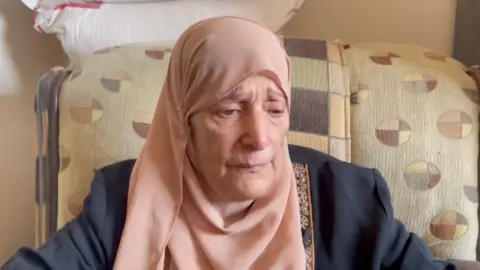
The fighting intensified in the streets around them. They would hide in different parts of the house, often in the bathroom when shooting became especially intense.
“We were under siege for seven days. The tanks and soldiers were all around the house… Muhammed was staying on his sofa…and he didn’t like sitting anywhere except for there,” says Nabila.
For Muhammed war meant loud, violent sounds, the air vibrating with the concussion from shells exploding nearby. None of this could be explained to him.
“He would panic and say, ‘I’m scared, scared’,” Nabila remembers.
“He would say, ‘Hey, hey’, thinking that someone wanted to hit him. He was always scared, fearful. We would come around him, comfort him. He didn’t understand much. His autism made it very difficult.”
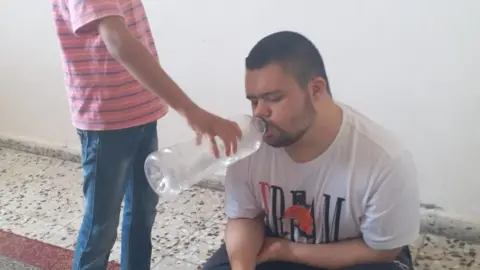 Family handout
Family handoutOn 3 July, according to the family, the IDF raided their home on Nazaz Street. Nabila says there were several dozen soldiers with a combat dog – animals used to find Hamas fighters, and check for booby traps and explosives.
At first she heard them “breaking in and smashing everything” before the soldiers and dog arrived in the room.
Referring to Muhammed, she says: “I told them, ‘He’s disabled, disabled. Have mercy on him, he’s disabled. Keep the dog away from him.’”
Nabila saw the animal attack Muhammed.
“The dog attacked him, biting his chest and then his hand. Muhammed didn’t speak, only muttering ‘No, no, no.’ The dog bit his arm and the blood was shed. I wanted to get to him but I couldn’t. No-one could get to him, and he was patting the dog’s head saying, ‘enough my dear enough.’ In the end, he relaxed his hand, and the dog started tearing at him while he was bleeding.”
Around this point, says Nabila, the soldiers took the young man into another room, and away from the dog. They tried to treat his wounds.
A terrified Muhammed, who had always depended on his family for help, was now in the care of combat soldiers, who had come from streets where they’d been fighting close quarter battles with Hamas.
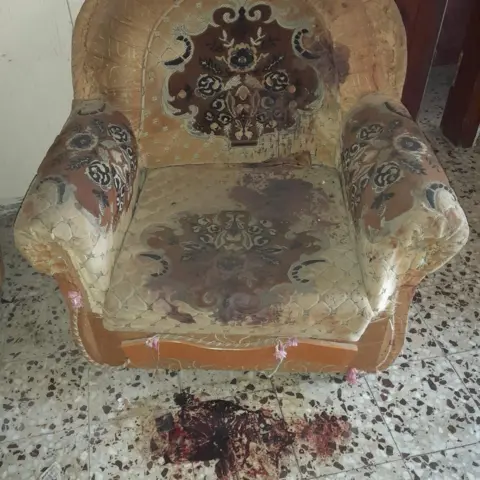 Family handout
Family handout“They took him away, put him in a separate room, and locked the door. We wanted to see what happened to him. We wanted to see Muhammed, to see what had become of him,” says Nabila.
“They told us to be quiet and aimed their guns at us. They put us in a room by ourselves, and Muhammed was alone in another room. They said, ‘We will bring a military doctor to treat him.’” At one point, according to Nabila, a military doctor arrived and went into the room where Muhammed was lying.
Muhammed’s niece, Janna Bhar, 11, described how the family pleaded with soldiers to help him. “We told them Muhammed was not well, but they kept saying he was fine.”
After several hours, it is not clear how many, the family was ordered at gunpoint to leave, leaving Muhammed behind with the soldiers. There were pleas and cries. Two of his brothers were arrested by the army. They have still not been released. The rest of the family found shelter in a bombed out building.
They returned a week later to a sight that haunts Muhammed’s brother Jibreel. He produces his mobile phone and shows our cameraman a video of the scene.
Muhammed’s body is lying on the floor. There is blood around him, and a tourniquet on his arm. This was most probably used to stop heavy bleeding from his upper arm. Jibreel points to gauze used to bandage a wound, and remarks on the blood that clotted after the tourniquet was applied.
“They were trying to stop the bleeding. Then they left him without stitches or care. Just these basic first aid measures. Of course, as you can see, Muhammed was dead for a period of time already because he was abandoned. We thought he wasn’t at home. But it turned out he had been bleeding and left alone at home all this time. Of course, the army left him.”

It is not clear what exact injury caused Muhammed’s death. Nor what happened to him in the time his family last saw him, and when his brother returned and filmed the dead young man on the floor. He was buried shortly after the family found him, in an alley between houses because it was too dangerous to take the corpse to the mortuary, or a graveyard. There was no post-mortem and no certificate of death.
The family is demanding an investigation but with fighting still going on, and so many dead, it is hard to be hopeful that will happen any time soon. In response to queries from the BBC the IDF said they were checking on the report.
Nabila is left with an image of her dead child that refuses to go away. “This scene I will never forget… I constantly see the dog tearing at him and his hand, and the blood pouring from his hand… It is always in front of my eyes, never leaving me for a moment. We couldn’t save him, neither from them nor from the dog.”
With additional reporting by Haneen Abdeen and Alice Doyard.
This post was originally published on this site be sure to check out more of their content.






